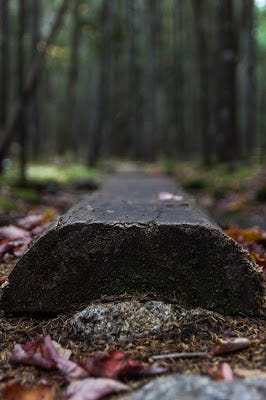Learning Photography
I've been taking on photography the past several months and as I look back on my mindset, it has changed drastically.
Going into photography, I thought I would do little to no editing on pictures because I wanted my photos to be natural. But I quickly realized that to get the most natural look of photos, I need to edit photos.

I wasn't limited by my started DSLR camera (Canon Rebel T3i). It's just how cameras work: They take one picture at a certain exposure. This is unlike the human eye, where the eye is constantly adjusting the "exposure" of what you are looking at. So to get the entire "picture" of what your eye sees, pictures with a large range of light levels need to be edited (whether that be merging multiple images or editing the picture).
As a result, knowing what can and cannot be done in editing becomes extremely important. It is as critical as knowing what your camera can possibly do. So while my pictures may not look good on the display on the camera, I know what I can do in editing to make it the photo that I desire.
There is something I miss in my Canon Rebel T3i, the tilt display.
Here's an album of some of my favorite shots (excluding portraits).
Shoot RAW:
If you don't know what RAW file is. Simply put, a RAW file is unprocessed and contains all the information from the camera sensor. RAW files allow editing without losing quality. JPEG files are compressed and don't allow the same amount of editing as RAW files (also, JPEGs don't have the same brightness range).
If you don't plan on doing any edits, shooting in JPEG may be better in your case. Shooting in JPEG tends to allow you shoot more pictures faster as it doesn't have to save the larger RAW files.
Again, I'm always looking for new things to shoot; so you have any ideas, let me know! Whether that be for your social network profiles, special occasions, or just want some pictures of you doing your job or hobby.

